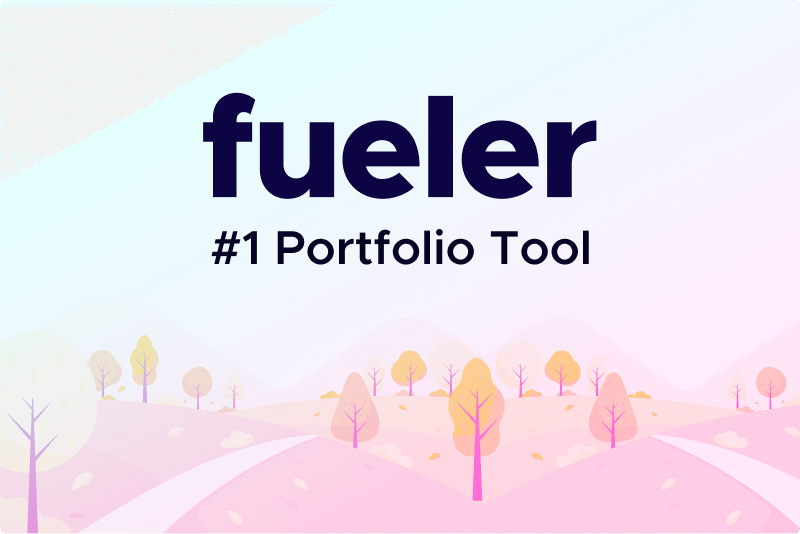Step-by-step guide to doing research for a blog
Objective:
It will help the beginner to research better content
Guide how to use different platforms for content research
Guide to write SEO optimised format
Prior knowledge:
Should know little about blogs
Knowledge to use Google Search Engine
15 Mar 2024
Keywords
Blog writing
Research
Blogging
Youtube
Quora
People also search








